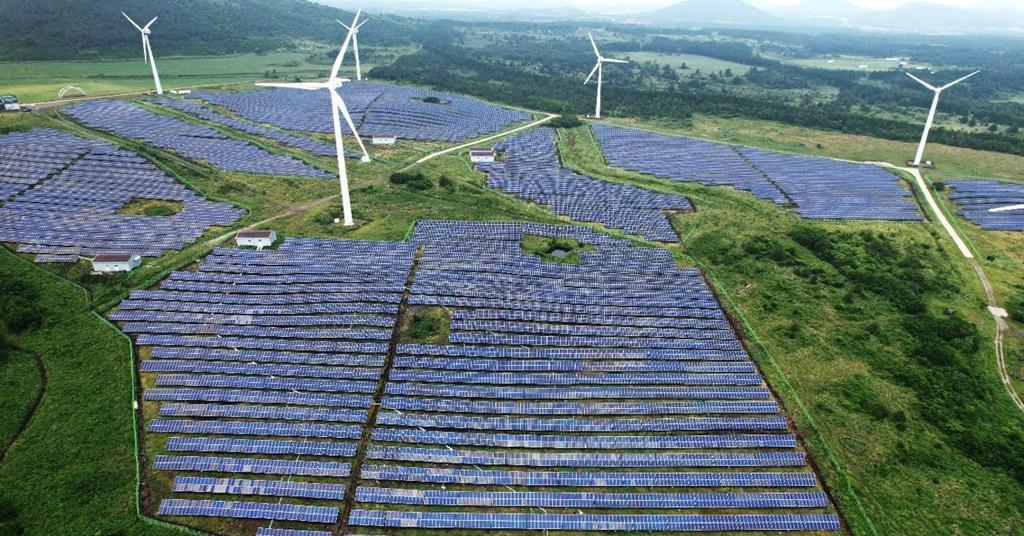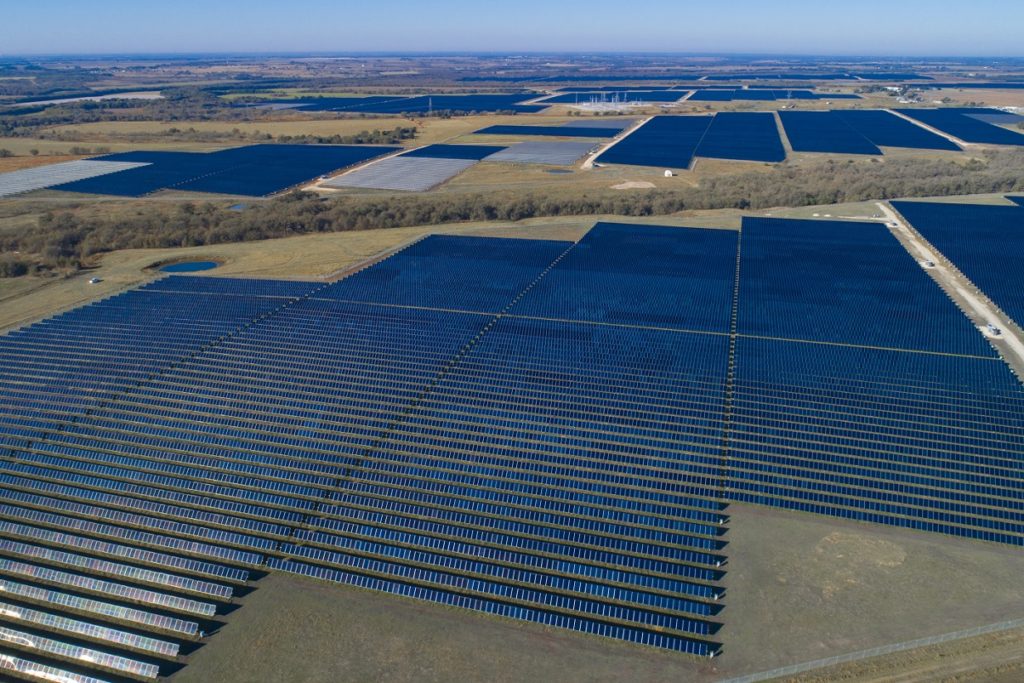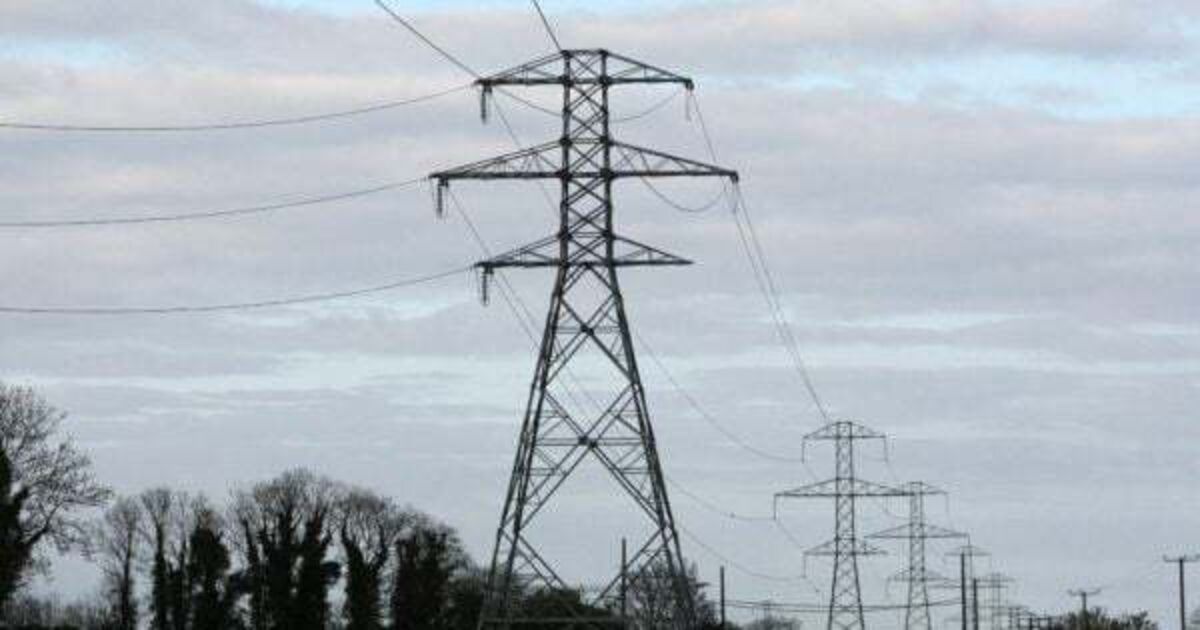India is rapidly advancing its solar energy capabilities but now faces the challenge of expanding its energy storage infrastructure. A Coca-Cola factory in Chennai illustrates this transition, utilizing a giant battery to power machinery and replace diesel generators. This highlights the growing importance of energy storage in India’s shift from fossil fuels to renewable energy.
Rising Demand for Energy Storage
India’s lithium-ion battery storage industry currently represents only 0.1% of global battery storage systems. However, it is expanding swiftly. This year alone, India brought online a third of its total battery infrastructure. Ayush Misra, CEO of Amperehour Energy, stated, “Our orders are growing exponentially. It’s an exciting time to be a battery storage provider.”
India has around 100 megawatts of battery storage capacity and 3.3 gigawatts from hydropower. The government estimates the country will need about 74 gigawatts of energy storage by 2032. Yet, experts suggest India may require nearly double to meet growing energy demands.
Investments in Battery Storage
Despite some skepticism regarding the cost and reliability of battery storage, major Indian businesses are investing heavily. In January, Reliance Industries announced plans for a 5,000-acre factory in Jamnagar, Gujarat. In March, Goodenough Energy committed $53 million by 2027 to establish a battery factory in Jammu and Kashmir.
Energy analyst Alexander Hogeveen Rutter emphasized the need to increase storage capacity alongside renewable energy production. He stated, “Clean energy combined with adequate storage can be an alternative to coal, not in the future, but right now.” He also dispelled the myth that clean energy is more expensive than coal, noting that renewable energy prices, combined with storage, are currently cheaper than new coal.
Future Prospects and Policy Support
Global battery costs are falling faster than anticipated, enhancing the competitiveness of energy storage systems. Hogeveen Rutter noted that battery storage now meets California’s evening peak electricity demands more than gas, nuclear, or coal. This trend is also seen in the U.K., China, and smaller nations like Tonga, suggesting potential for replication in India.
India’s unique challenge is its rapidly growing energy demand, driven by population growth and increased use of air conditioning due to extreme heat. The International Energy Agency predicts India’s electricity demand will grow by at least 6% annually over the next three years. Hogeveen Rutter stressed the need to quadruple renewable energy deployment to meet this demand.
To support battery sector growth, the Indian government announced a $452 million scheme to add four gigawatts of battery storage by 2031. However, subsidies for coal plants still make coal-generated electricity cheaper for some utilities.
Industry leaders hope the upcoming national budget will include incentives for clean energy storage. Akshay Singhal, co-founder of Log 9 Materials, believes better government support can help meet growing energy demands sustainably. “One significant policy change can kickstart the entire ecosystem,” he said.
Source:apnews.com





